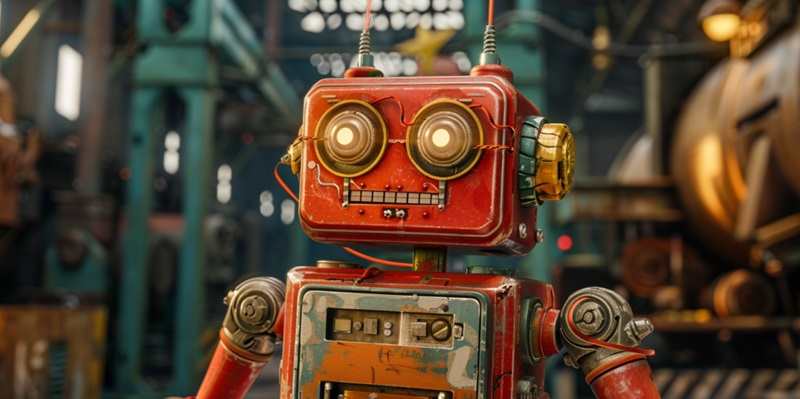The field of artificial intelligence has taken a significant leap forward with the introduction of OpenAI’s GPT-4, a multimodal large language model (LLM). This new iteration is not just another incremental upgrade; it represents a transformative shift in the way we interact with AI. GPT-4’s ability to process and understand audio, visual, and textual inputs lays the groundwork for a future where AI can serve as a comprehensive companion and helper across various facets of human life.
GPT-4’s Multimodal Capabilities
Understanding and Responding Across Modalities
GPT-4 marks a milestone in the development of intelligent systems. Its capacity to process and interpret not just text but also audio and visual inputs ushers in a new age of AI interaction. OpenAI’s demonstration videos showcased the model’s ability to provide real-time translation services, with a proficiency that rivals human translators. Its emotional intelligence has also been a subject of praise, where it exhibits the ability to detect subtle user emotions and respond in a nuanced and empathetic manner.
Enhanced Human-Like Interaction
During OpenAI’s Spring Updates event, GPT-4’s human-like interaction was on full display. It generated considerable buzz by recognizing and responding to emotional cues not just in speech but also in musical and visual formats. In one demonstration, GPT-4 helped a visually impaired person navigate their surroundings, highlighting not only the AI’s situational awareness but also its capacity for compassion and support.
Community and Industry Response
Immediate Reactions to GPT-4
The initial response to GPT-4 has been as varied as the capabilities it promises. Enthusiasts within the AI community and the general public have hailed it as a revolutionary step toward more natural and versatile machine helpers. On the other hand, some responses have been tempered by expectations that were perhaps set too high due to the transformative nature of previous iterations like GPT-3. Nonetheless, this feedback points to a rapidly advancing field and the insatiable appetite for ever-smarter and more human-like AI systems.
A Future Shaped by GPT-4
OpenAI’s GPT-4 marks a paradigm shift in artificial intelligence, transcending previous models with its multimodal capabilities to process audio, visual, and text data. This advanced large language model takes the concept of a digital assistant to new heights, with the potential to become an integral part of everyday life. GPT-4’s adeptness in understanding and synthesizing multimodal information heralds a future where AI’s role is not just limited to simplistic tasks but extends to being a versatile companion. It is a giant stride forward, setting a new standard for how humans and AI can interact more seamlessly and effectively.

